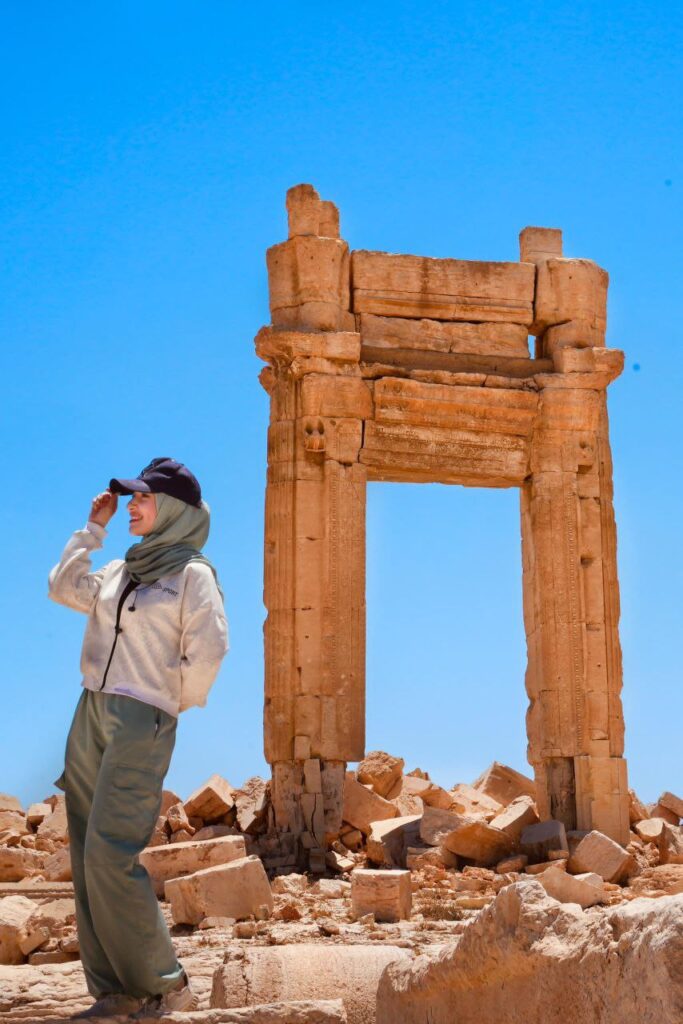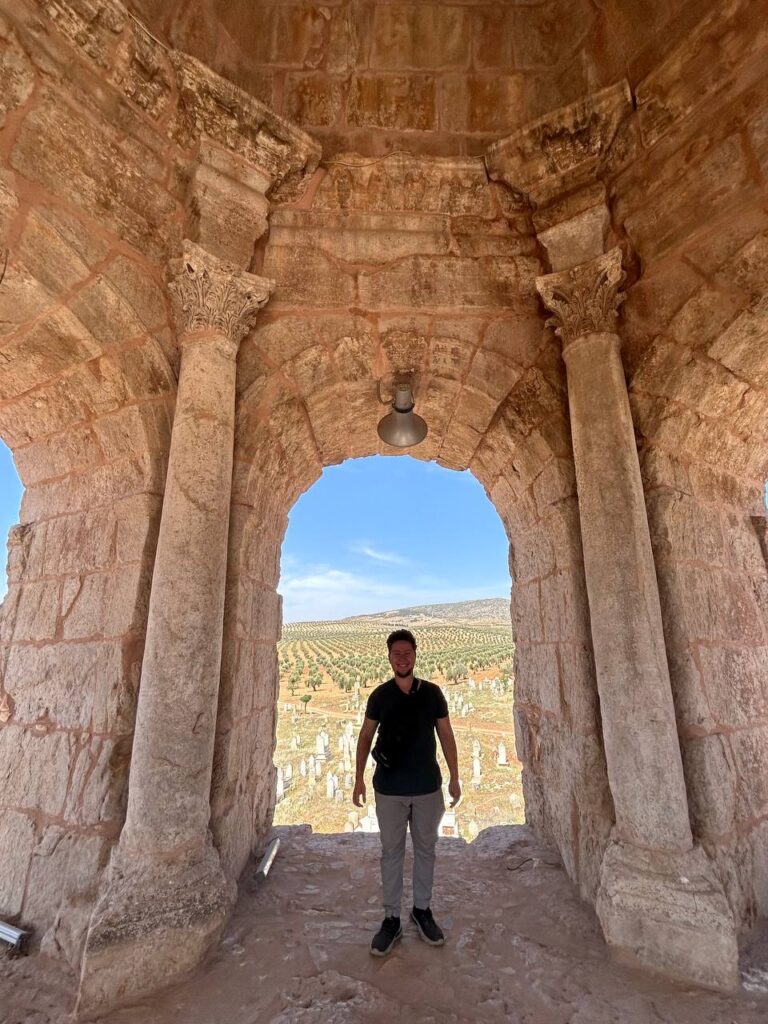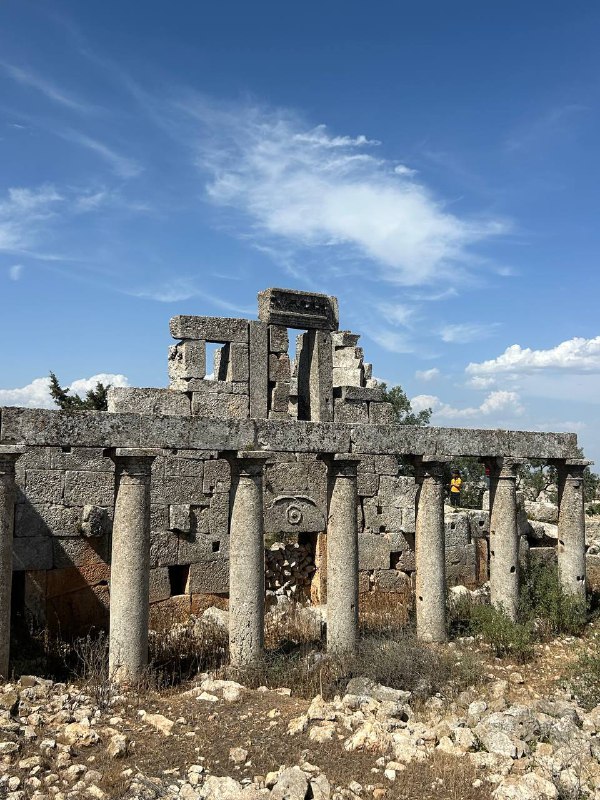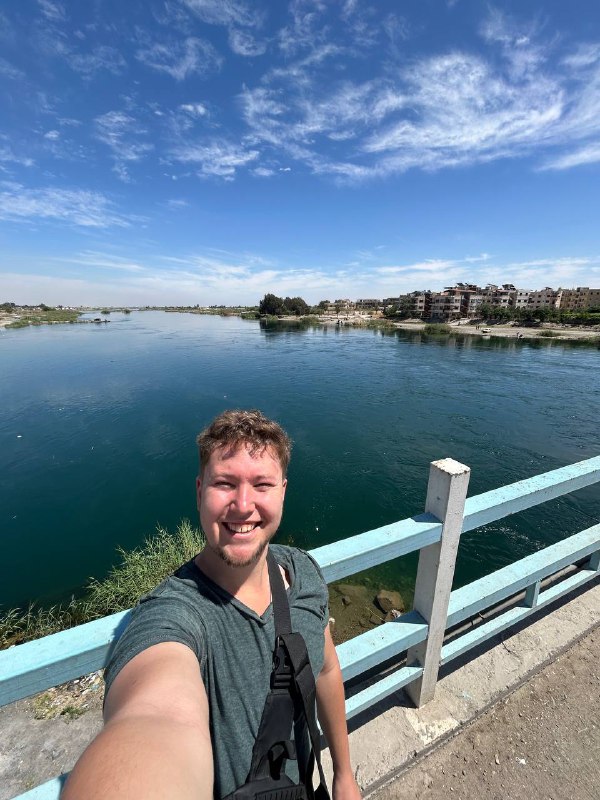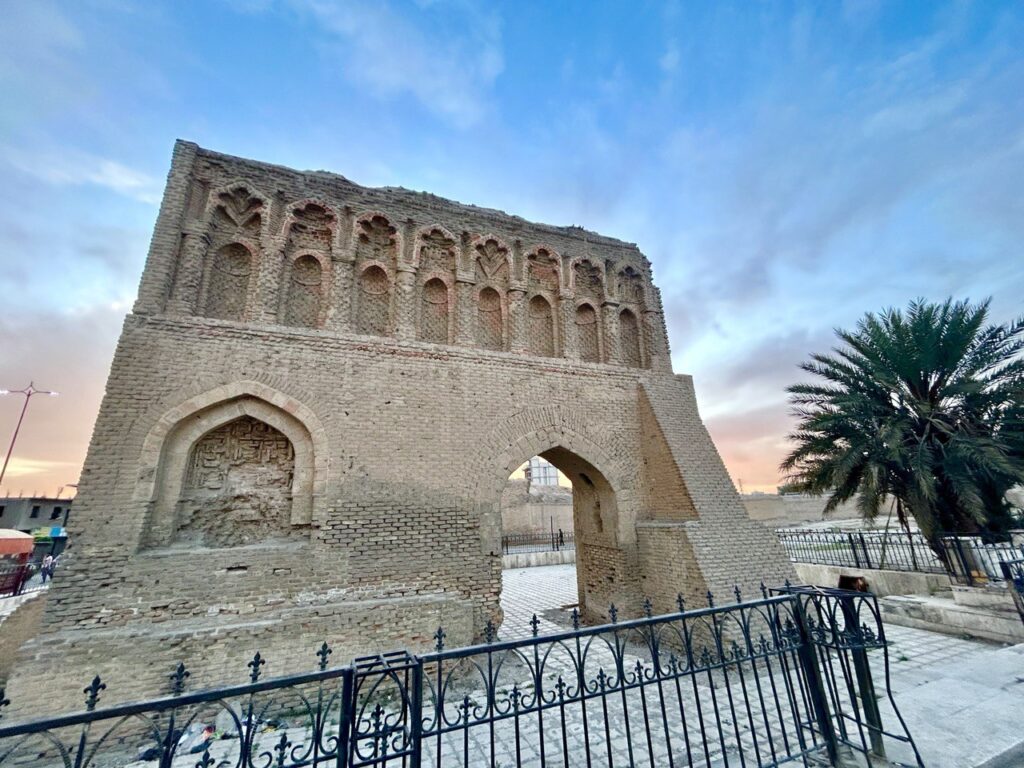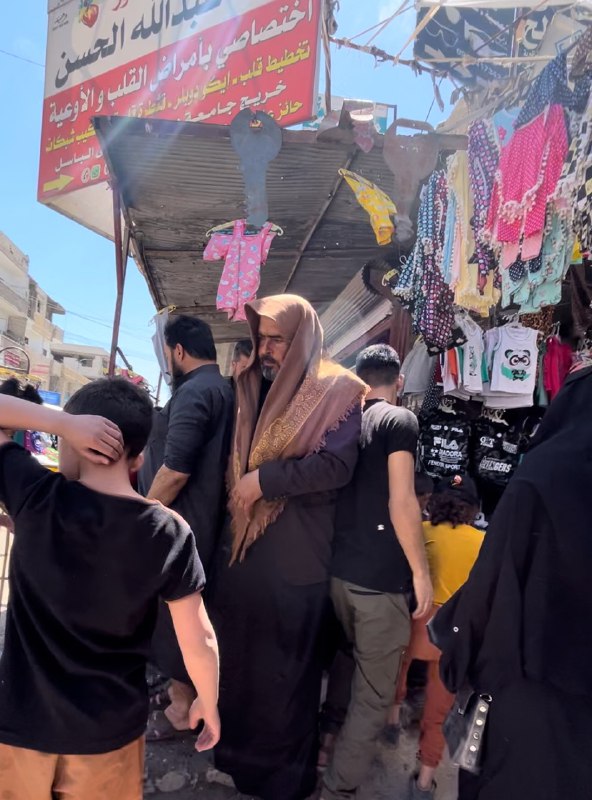Is it possible to visit North East Syria (also known as Rojava) as a tourist? The simple answer is yes. The easiest way is by joining a Rojava tour with us – either a private or a group tour. Our prices are unmatched in the market, at around 100 USD per day. Otherwise, this article explains how you can get a Rojava permit to visit the region as a tourist.

What is Rojava?
Many areas of North East Syria are controlled by the SDF (Syrian Democratic Forces), such as Raqqa, Qamishli, Hasakah and more. Much of the leadership in this autonomous region is Kurdish, and they refer to this whole region as Rojava. However, the official name for this part of Syria is the Democratic Autonomous Administration of North and East Syria (DAANES). You can read more about it here. Travelling to this region requires special permission from the local authorities, and a regular Syrian visa or entry stamp will not be enough.

Independent Travel Permit in Rojava
If you’re a Syrian citizen, you are in luck. Since December 2024, you no longer require any special permission or sponsorship to visit the SDF controlled areas. However, foreign visitors still require special permission. Getting this permission as an independent visitor is not easy, as you will have to have local sponsors. Here’s how to do it:
Every single foreigner requires 2 local sponsors to get a Rojava permit, who will be legally responsible for you during your time in SDF areas. Hence, if you are two foreigners looking to visit, you will need 4 sponsors. Your sponsors will have to visit the immigration department for sponsorship in either Qamishli or Raqqa city (the Hasakah office doesn’t issue permission for foreigners) with a copy of your passport and they will have to sign that they are responsible for you. The office will then issue a document, usually within a couple of days, which will allow you to enter Rojava. Once you arrive at the first SDF checkpoint from other parts of Syria, based on your permit, they will issue you a 15 day visitor card.
What if I don’t have a sponsor?
If you can’t find a sponsor, they you will have to use a fixer in order to arrange your entry permits. Many fixers charge around 300 or 400 USD per day for their services. But if you’re on a budget, you are in luck – we offer our services for around a quarter of that price. Make sure to contact us if you are interested.
Rojava permit for journalists
If you are a journalist, and you would like to visit Rojava, then you will need a different type of permit, issued by the Media office. However, you will also need a fixer for this, and to be accompanied by them during your time in the North East. We can also help you with this service.
